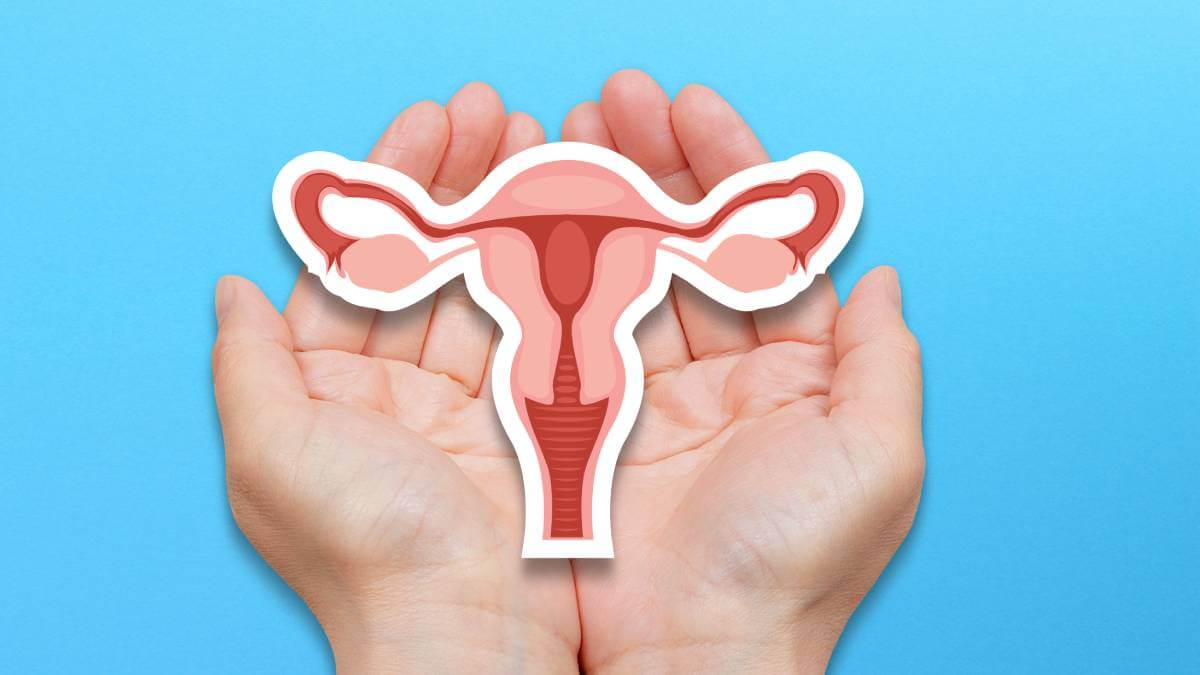They can be uncomfortable, intrusive and even downright embarrassing, but now Australian women can wave goodbye to the invasive cervical smear test with a self-testing option.
All cervical screening participants can collect their own test samples.
The option should be welcomed by many women who found speculum examinations uncomfortable and should hopefully encourage more women to do the test.
Women have also avoided the test because of cultural sensitivities, emotional reactions after suffering sexual assault or trauma, or a previously painful test.
Cervical smears test for human papillomavirus (HPV) and the tests looks for pre-cancers and cell changes on the cervix that might become cancer if not treated.
Your choice
Women aged 25 to 74 will be able to choose a screening test by either:
- taking your own sample from your vagina, using a simple swab (self-collection)
- having a healthcare provider collect your sample from the cervix using a speculum.
Both options are free under Medicare and can be accessed through a healthcare provider.
Women choosing to do the test themselves will be provided with a swab kit by a healthcare provider and given instructions on how to use it. They can do the test in privacy behind a screen or in a bathroom.
Unlike a speculum examination, the swab does not need to touch the cervix. Your healthcare provider can do the test for you if you prefer.
As with a speculum test, the sample is then sent off for testing.
Despite the potential to save lives, there was only a 68 per cent participation rate for screening in the latest figures that cover the period 2018-22.
Just as accurate
Professor Marion Saville, executive director of the Australian Centre for the Prevention of Cervical Cancer, told The Age that technological advancements had made it possible to offer a self-test to anyone eligible for screening, as such tests are now just as accurate as those done by a doctor.
“Of course, acceptability is not going to be 100 per cent with self-collection either,” Prof. Saville said. “But it is the best tool we’ve had in more than 20 years in my time of working in this program [to] really reach the people we need to reach.”
Australia began cervical screening, previously known as Pap smears, in 1991 and as a result, cervical cancer incidence and mortality rates have halved.
At that time it was recommended to have a screening test every two years, however with advances in technology, in 2017 that time limit was stretched to every five years.
The new tests can detect HPV much earlier, before there are any cell changes.
These time frame changes also recognised the introduction of the vaccine against specific strains of HPV, which cause almost all cases of cervical cancer. Since the vaccine has almost eliminated the incidence of cervical cancer in the younger generation, there is no need to test as often.
Australia is aiming to become the first country in the world to eliminate cervical cancer as a public health issue.
Would you try one of the new tests? Why not share your opinion in the comments section below?


Fantastic. I have one sitting here ready to do myself. I have dreaded going to the doctors for a pap smear after a bad experience. I, for one, think this is the best thing to happen.